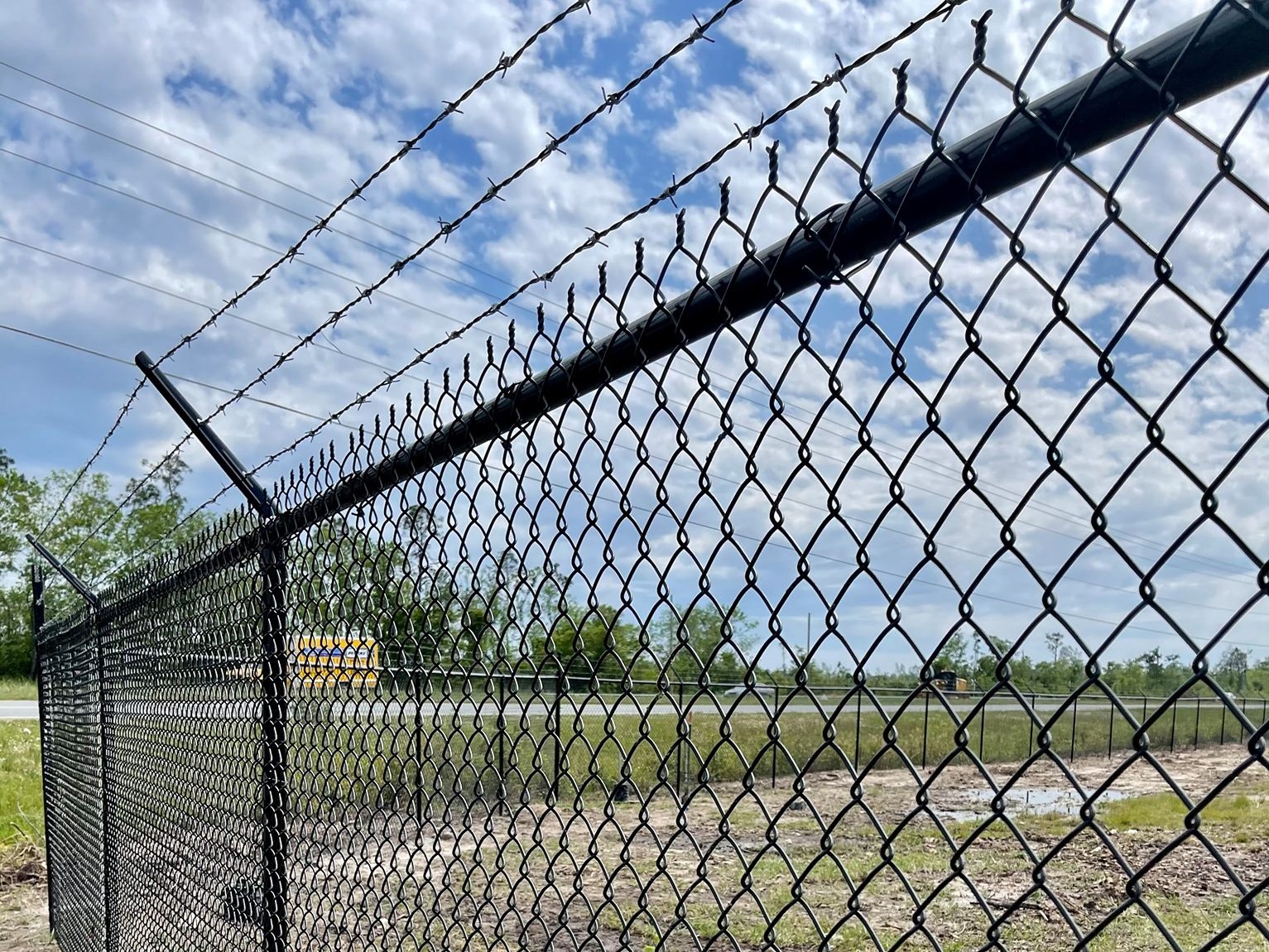Barry Schader had a problem. Bird droppings were constantly holding up his construction projects. And draining his bank account. In a Pest Control Technology Magazine article, Schader, owner of general construction firm Tischler Brothers, says bird droppings affected multiple aspects of his business. “Bird droppings tend to seriously degrade roofing materials,” Schader says.
And the acidic nature of the droppings was not his only problem. Pigeons, who eat gravel, would defecate on the roof and their fecal matter would clog the drains creating an even bigger problem: germination. The high nitrogen content of the droppings offered a great environment for seeds to grow at an accelerated rate in the drainage system. Without sunlight, the plants die and clog the drains. Once droppings dry, it is a race to get them off the surface as to avoid degradation of the mostly-organic roofing materials. Bird droppings on asphalt and pressed wood fiber, found in roofing materials, can mildew.
Birds carry over sixty diseases, a few of which can be lethal. Those who spend a lot of time outdoors working in construction zones are at a high risk of contracting one of these diseases since these types of environments are very attractive to birds. Mix the fecal matter with pools of water and the disease becomes airborne, filtrating through ventilation systems, being breathed in by employees and patrons, and causing quite a mess for a company.
Another big mess? The liability factor. Some species can produce up to 1.5 pounds of fecal matter a day Slip-and-fall incidents are all too common these days. Unassuming passersby can stir up a stink. The New York Transit Authority was ordered to pay a man millions after he slipped on pigeon droppings on subway stairs. Can your company afford a $6-million-dollar lawsuit?
Luckily, there are ways to prevent these potential disasters. Many people, like Schader, use methods that are harmful and not all that effective. He tried snakes and owls, which only worked when they were moved constantly, and tar, which killed the birds. For the cost and labor, he said, it was not worth the expense since the birds returned.
Lethal methods may solve the problem in the short-term, but remember that killing the birds only eliminates the ones that are presently roosting. Killing them does not take away from the fact that your property is bird-friendly. Making the environment unappealing is the key to getting rid of birds for good.
Disrupting the pattern
A good start is ultrasonic sound devices. They deliver ultra high-frequency sound waves that are beyond the normal human hearing threshold. The sound annoys the birds, discouraging them from inhabiting areas in earshot. Ted Wilson, facilities manager for Gainesville Utilities, used a device similar to this at his construction site and was pleased with the results.
In a Power Engineering magazine article, Wilson described his problem with the pigeons roosting on the steel beams on his site. The odor and mess the pigeons caused was disrupting the progress and bothering the workers. Those before him made the mistake of bad bird-control devices and had no luck in getting rid of the birds. After he put up the ultrasonic device, though, the pigeons left almost immediately.
Putting spikes anywhere attractive to the birds, like wires and beams, will prevent them from roosting. The spikes provide an uneven surface, making it inconvenient for birds to set up shop. There are also gels that are safe to apply to all surfaces. The gel makes the surface sticky, forcing the birds elsewhere.
Scare Tactics
Visual scares are another way to get rid of birds. Unfortunately, many people are using the wrong products or are using the right products incorrectly, deeming them ineffective. Bird-scare balloons with holographic eyes can move with the wind and create the illusion of the birds being followed. Over time, effectiveness can be boosted by moving these balloons around the property.
Sonic noisemakers blend in with the environment, which is not annoying to patrons, and can scare the birds away. Sonic devices use real recordings of bird distress calls and predators to encourage birds to find a “safer environment.” Using things like propane “cannon shots” and programmable sound-producing devices are great inhibitors and are cost efficient.
Repellants
Birds are disturbed by the taste of certain chemicals. There are commercially available sprays that use ingredients approved by both the FDA and the EPA that will repel birds with nothing more than a chemical that has been used to flavor gum and candy for decades. Spraying a chemical on land gives birds a similar sensation to what humans get when exposed to the scent of bleach. It is completely harmless and gets rid of the birds.
Correct bird control can save your company thousands, maybe even millions, of dollars in clean-up costs, labor and lawsuits. Using any of these methods on their own will definitely send the birds a message, but using them in conjunction with other effective products is bound to make your site bird free for life. Addressing multiple senses is the best approach to making the birds less inclined to call your property home.




More Stories
How News Technology is Shaping Public Opinion
Exploring Ethics in News Technology Practices
News Technology: Enhancing Audience Engagement